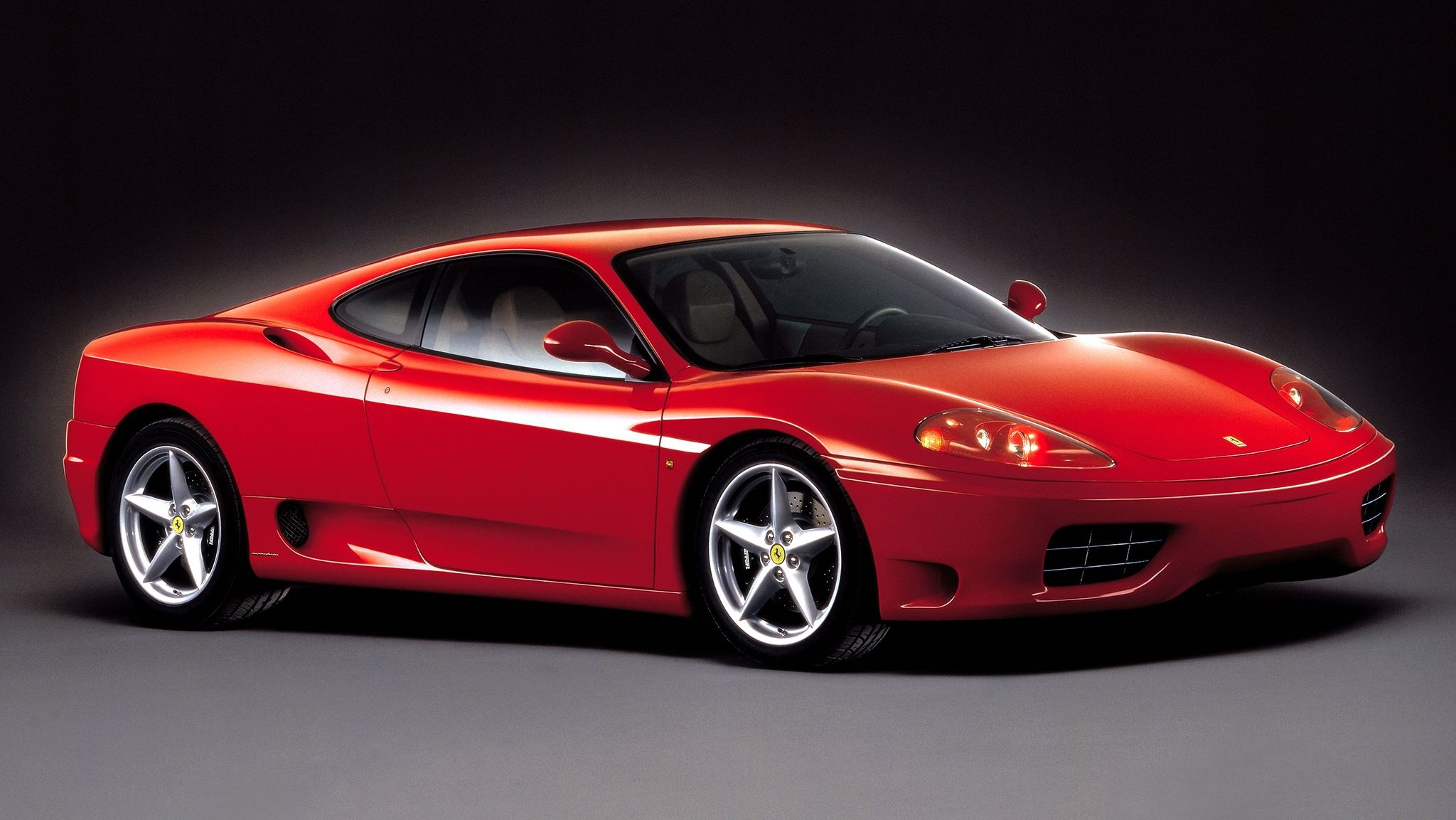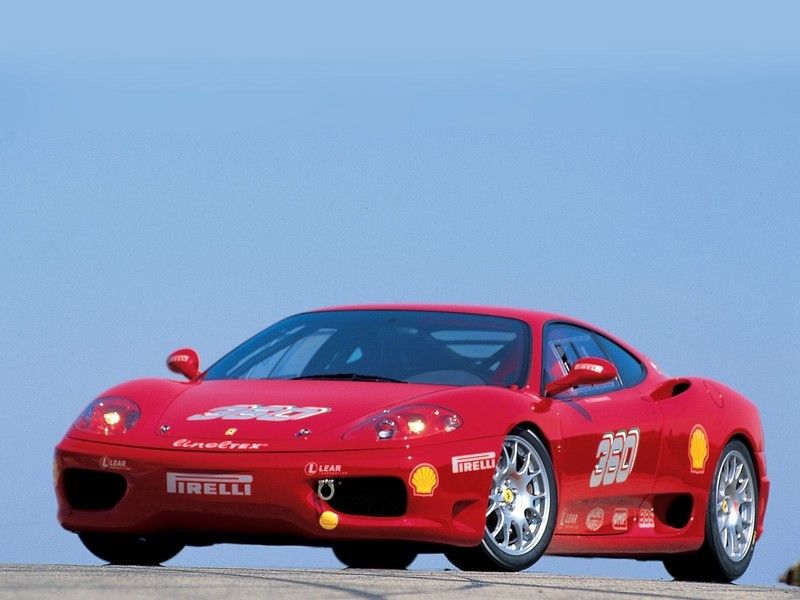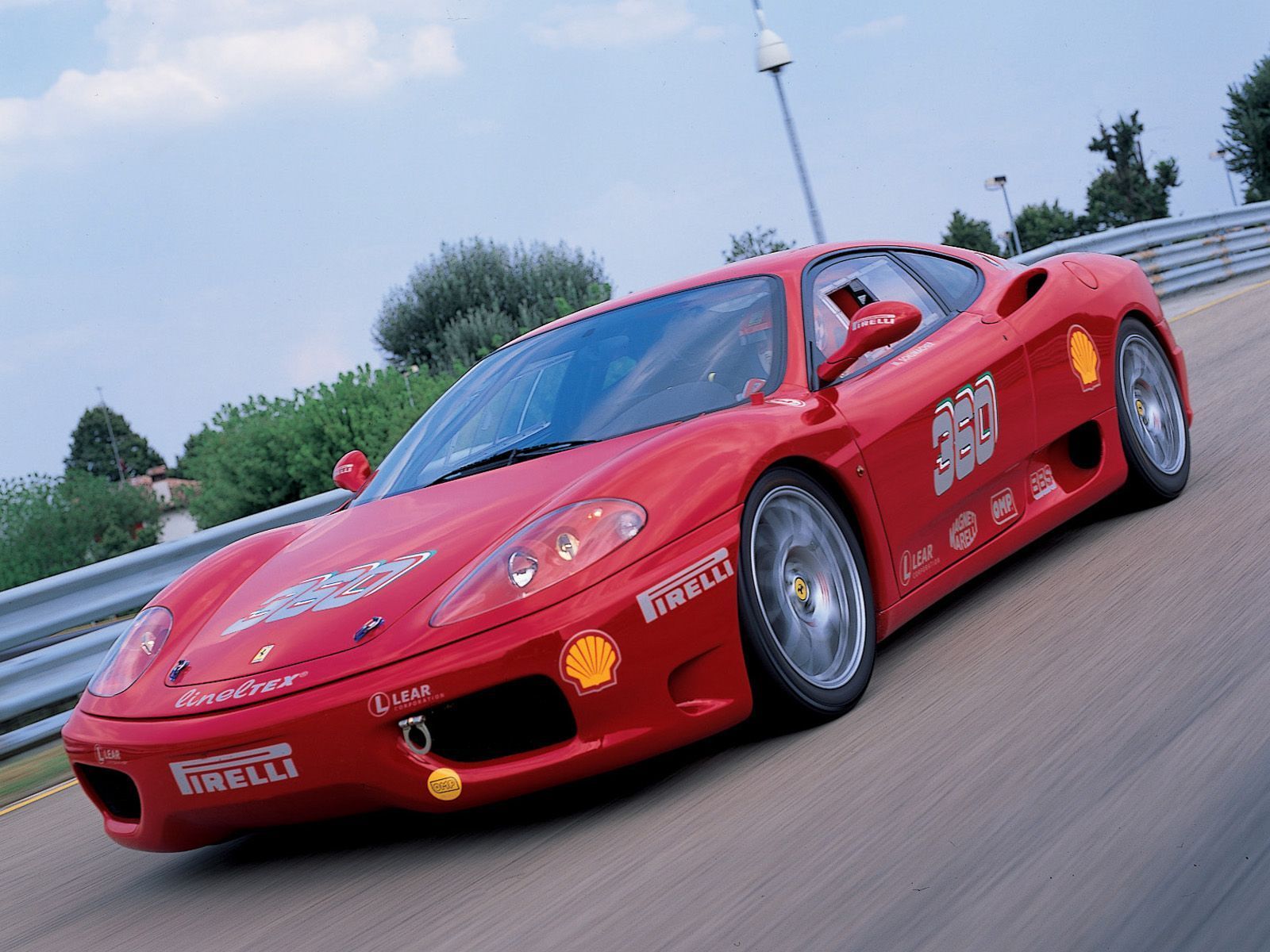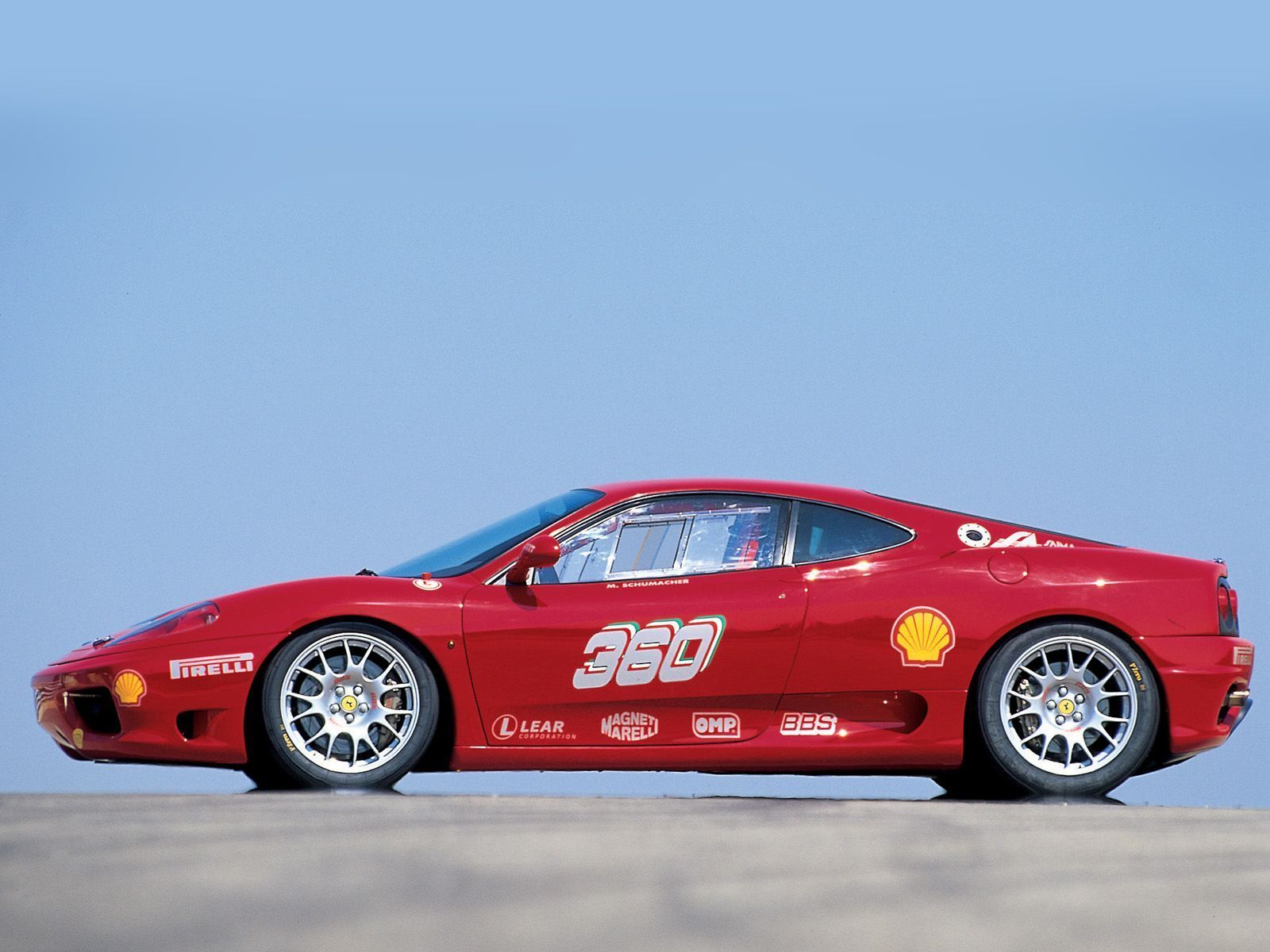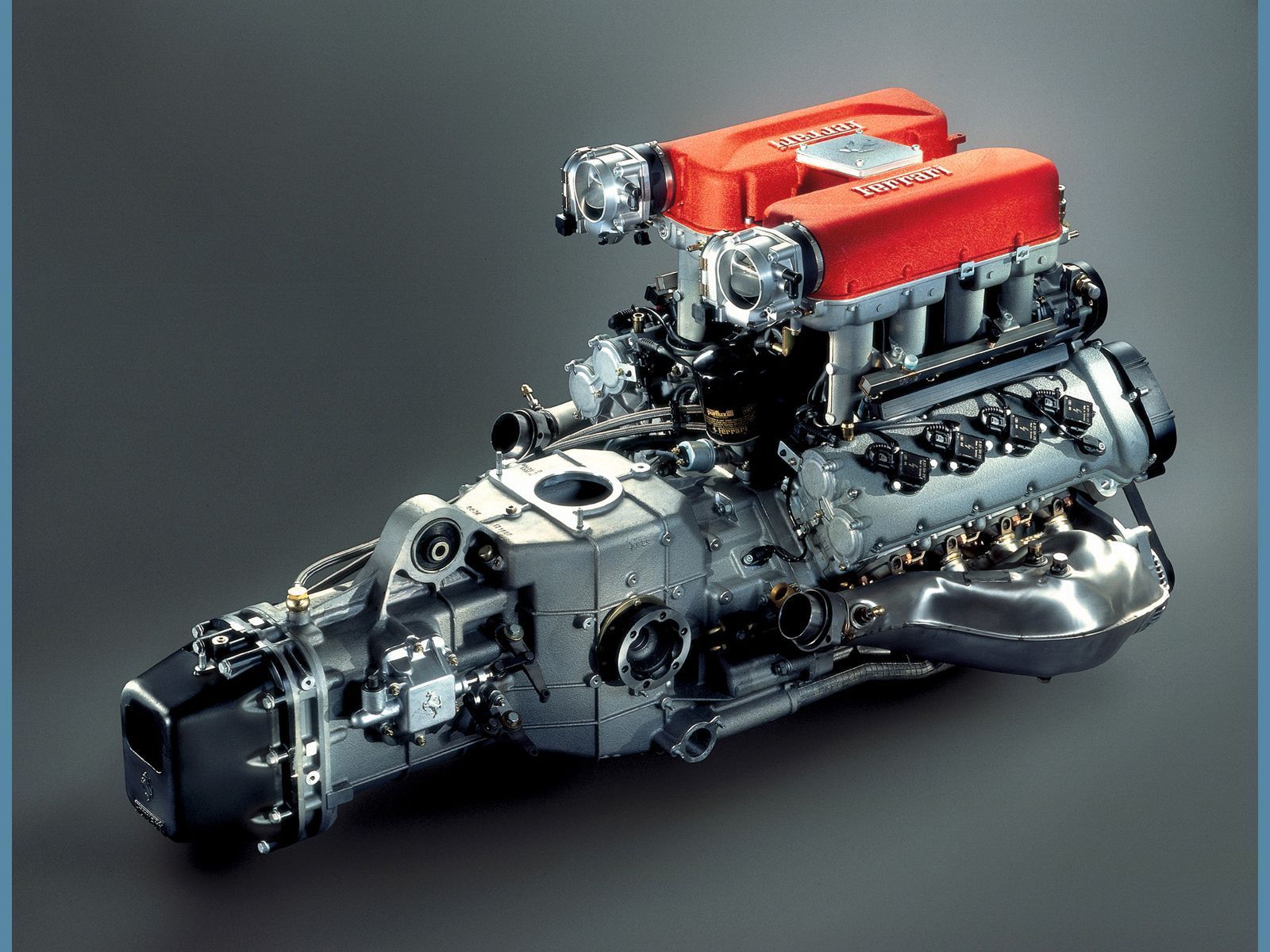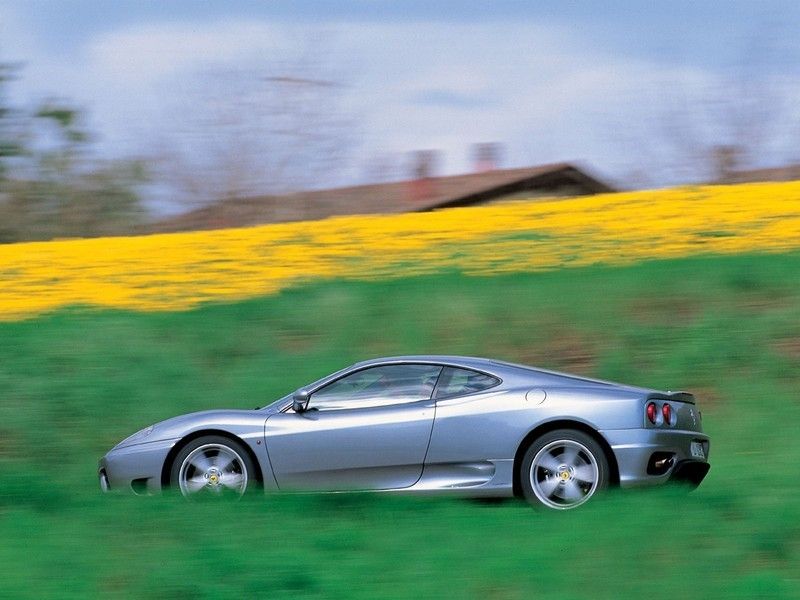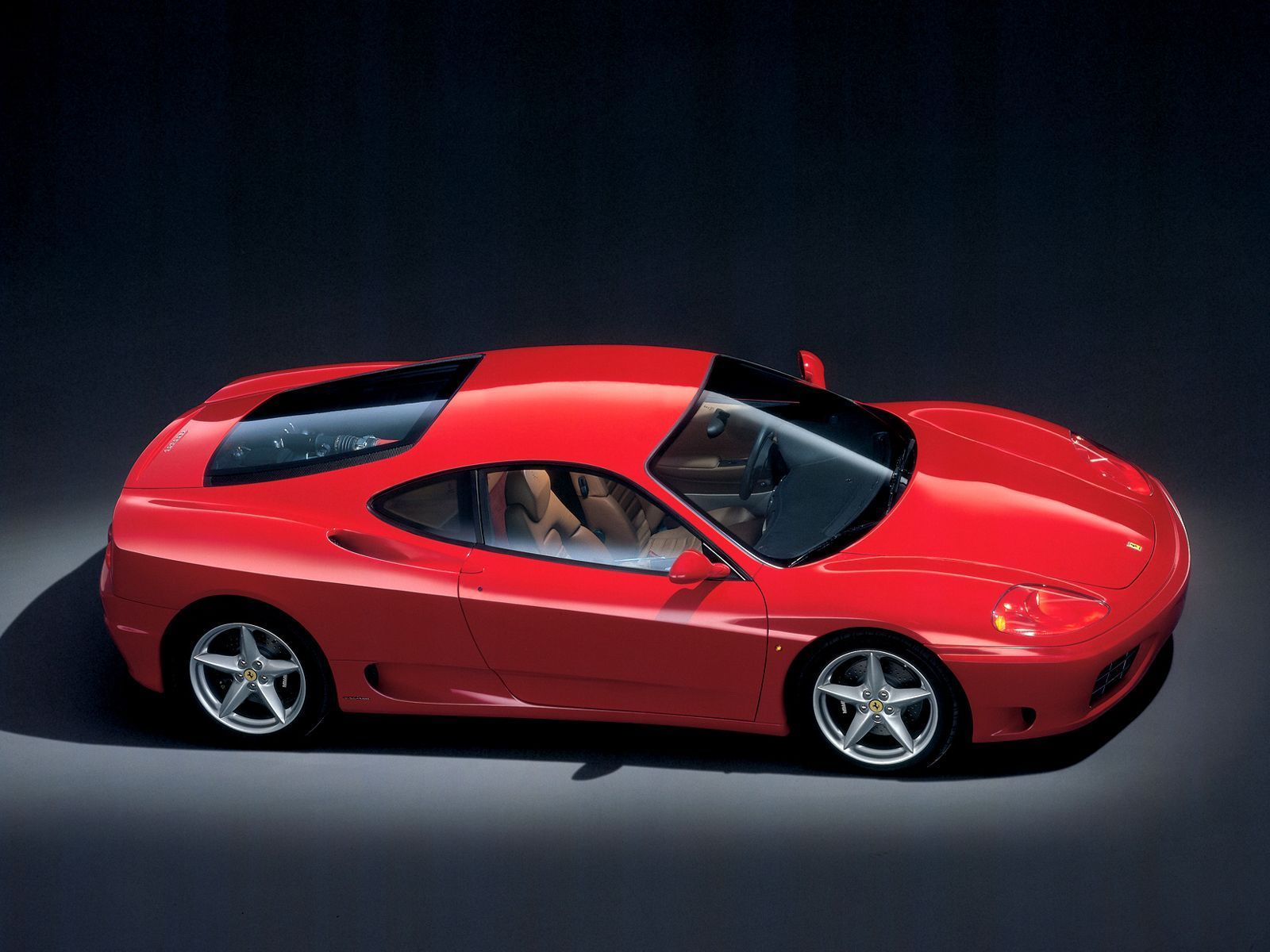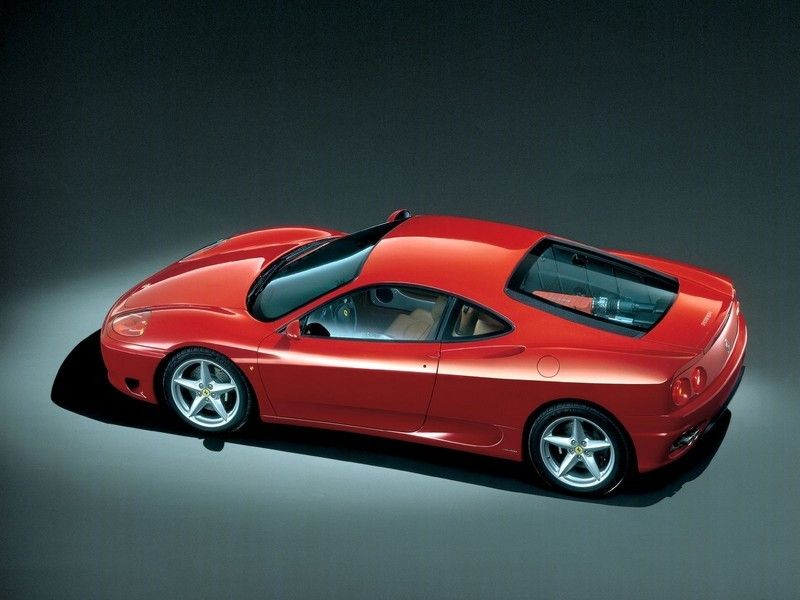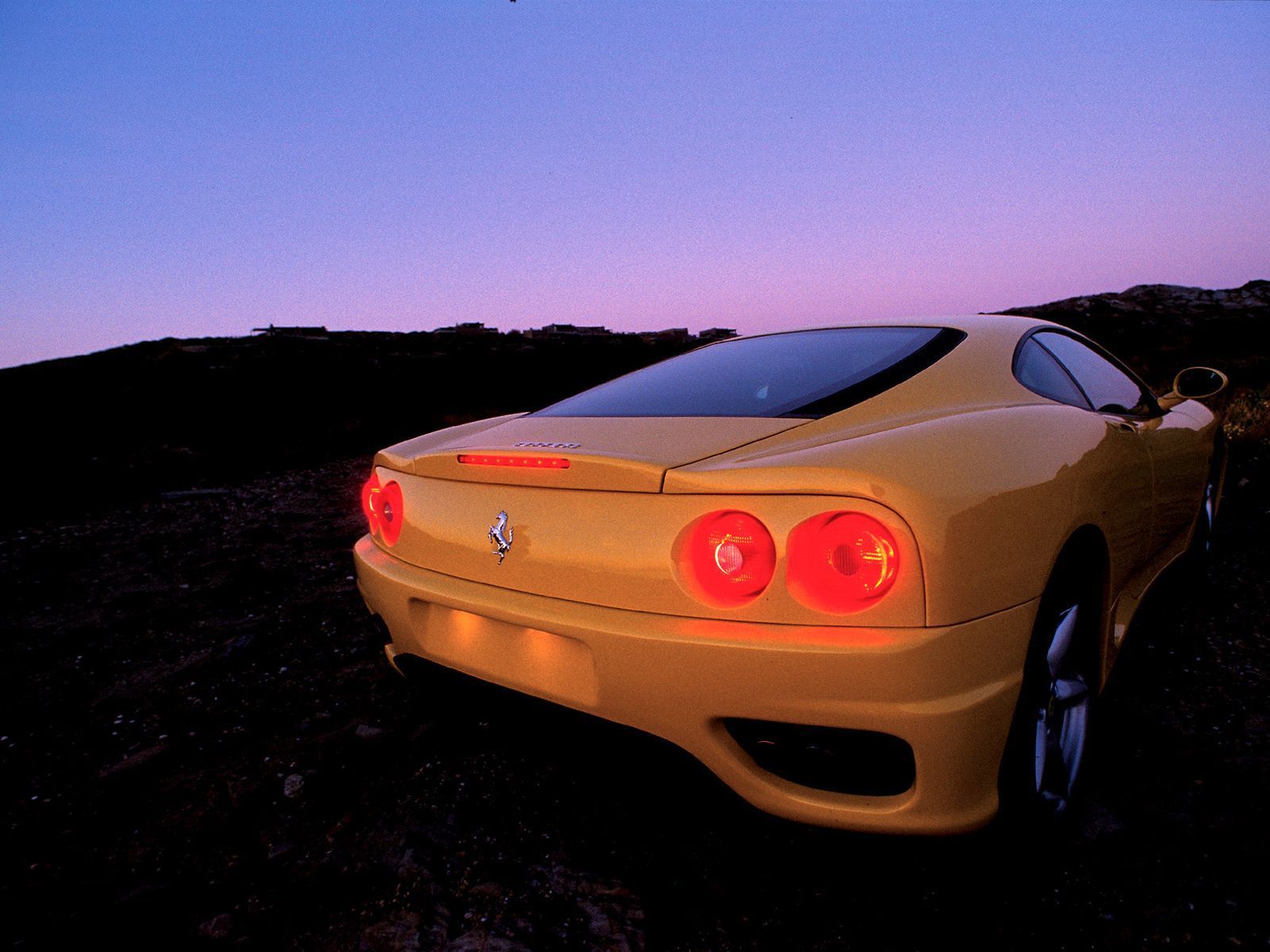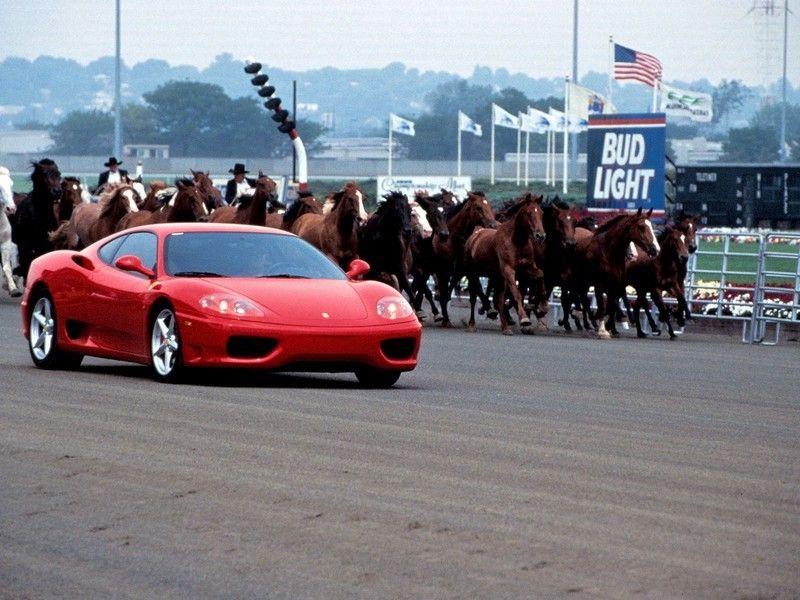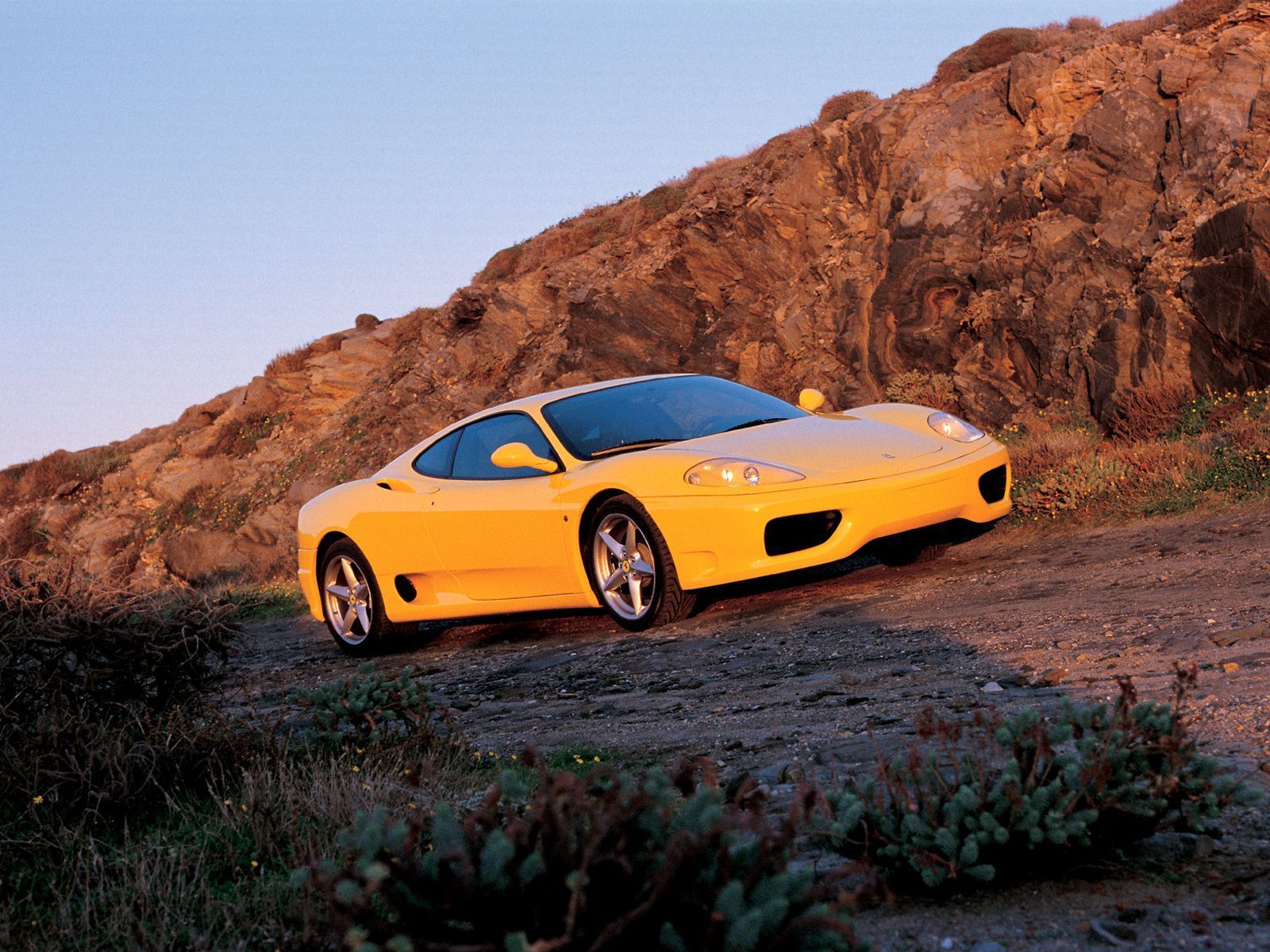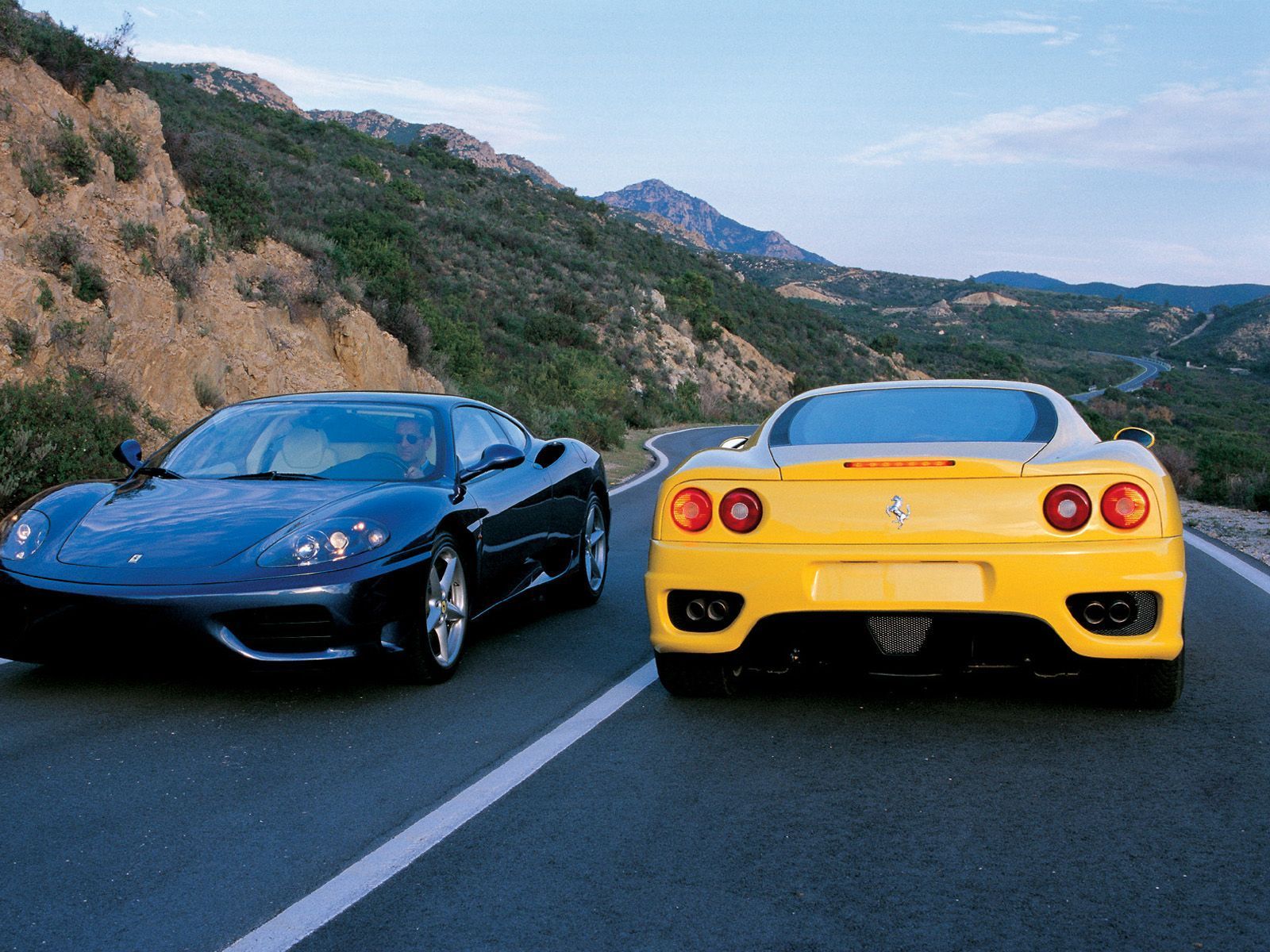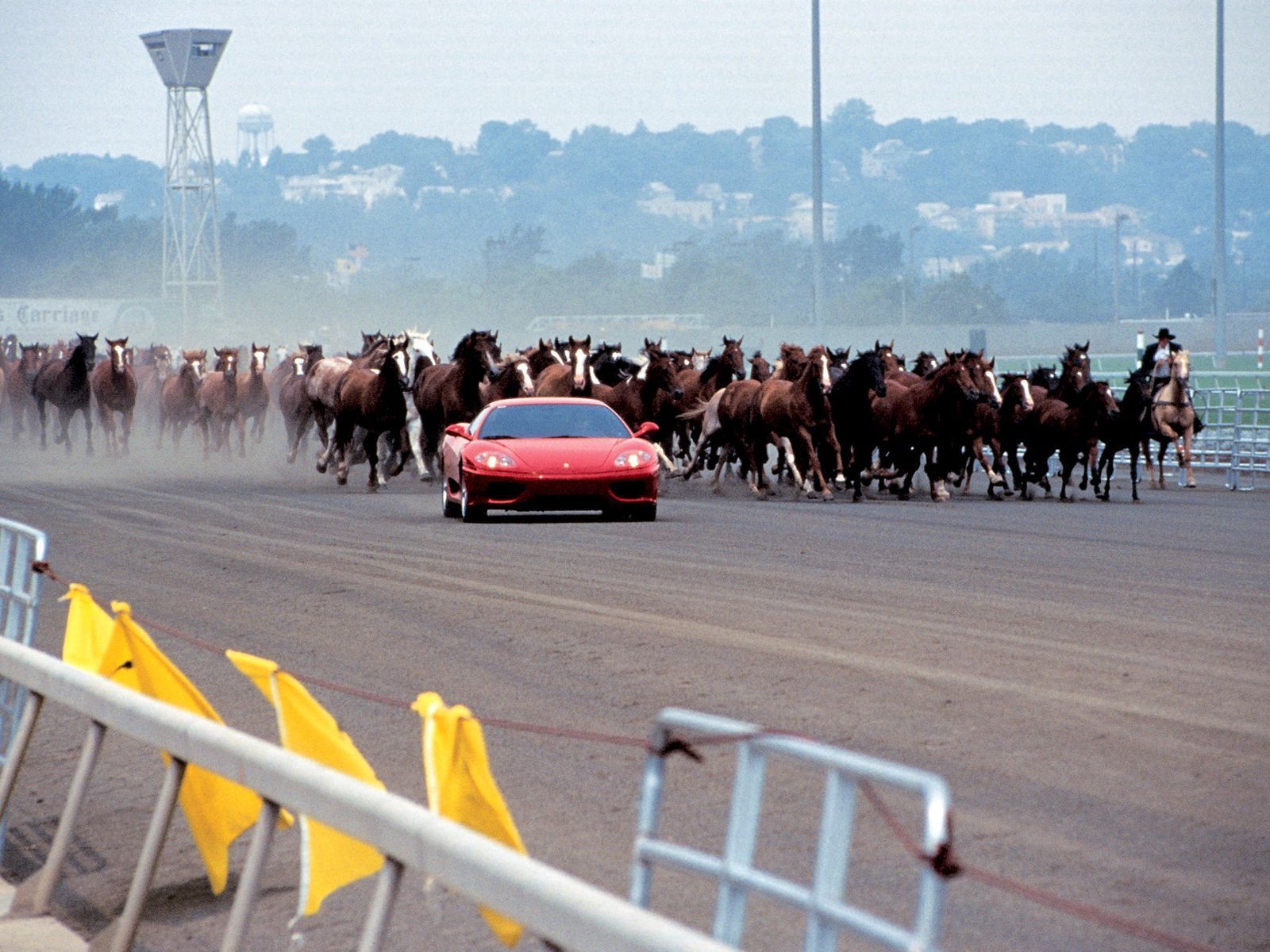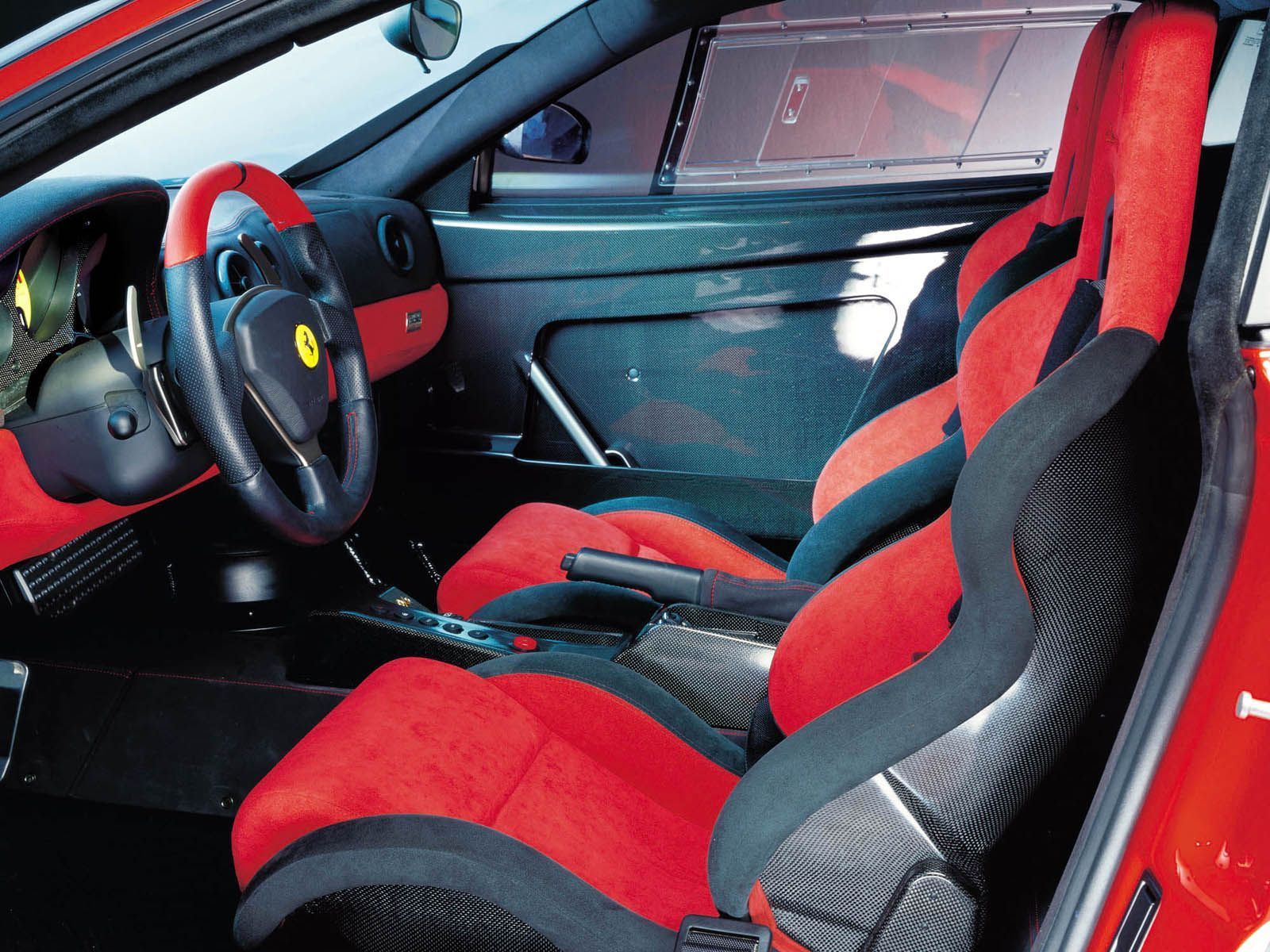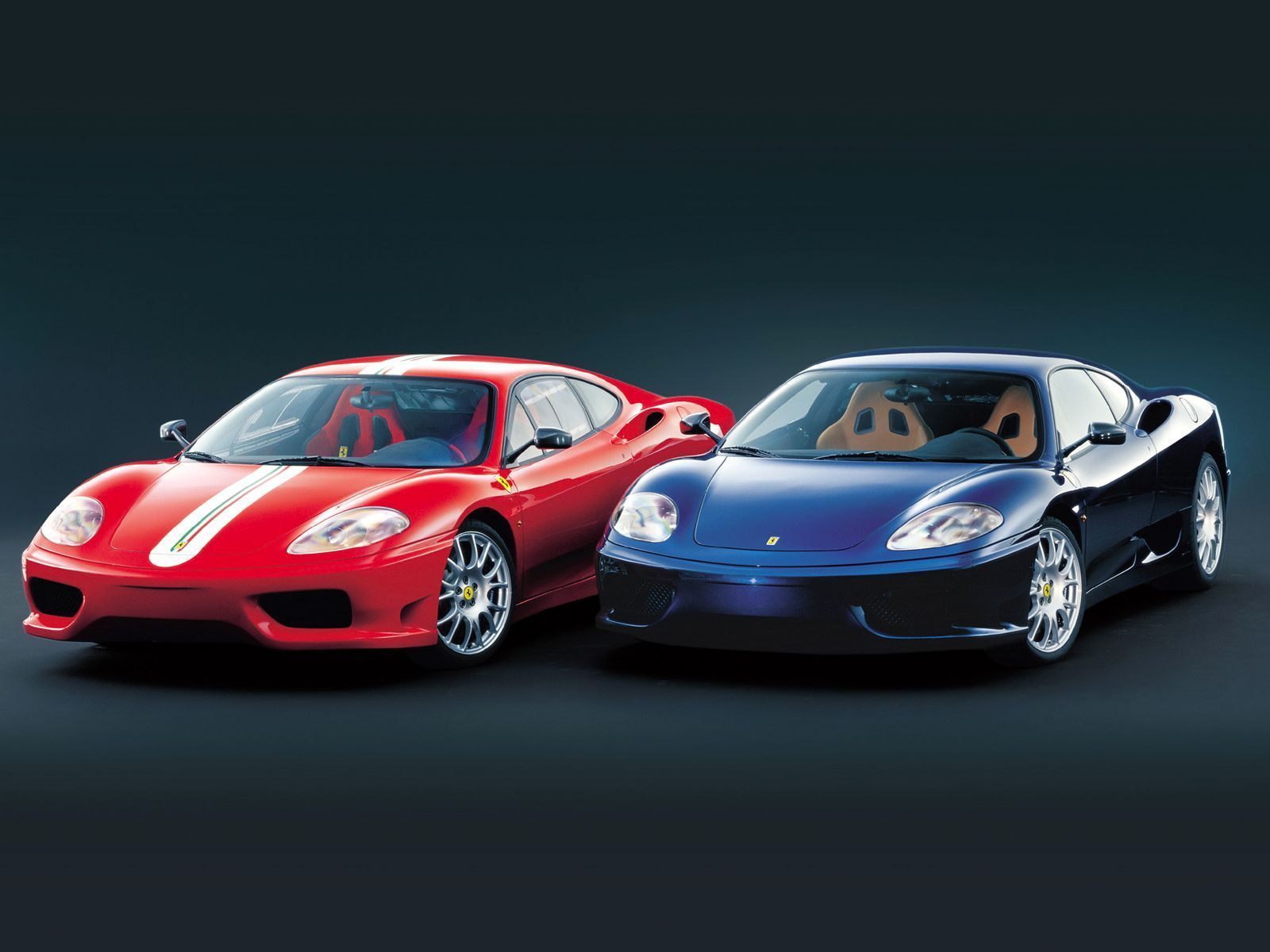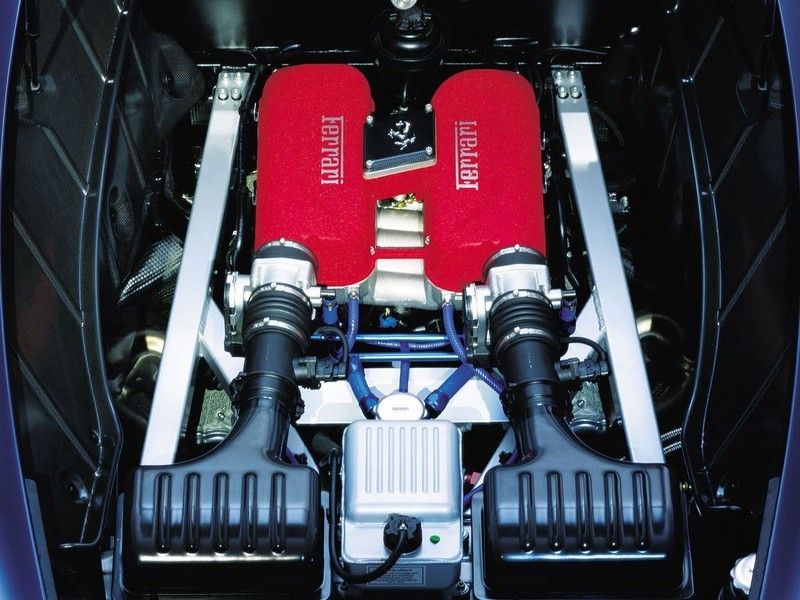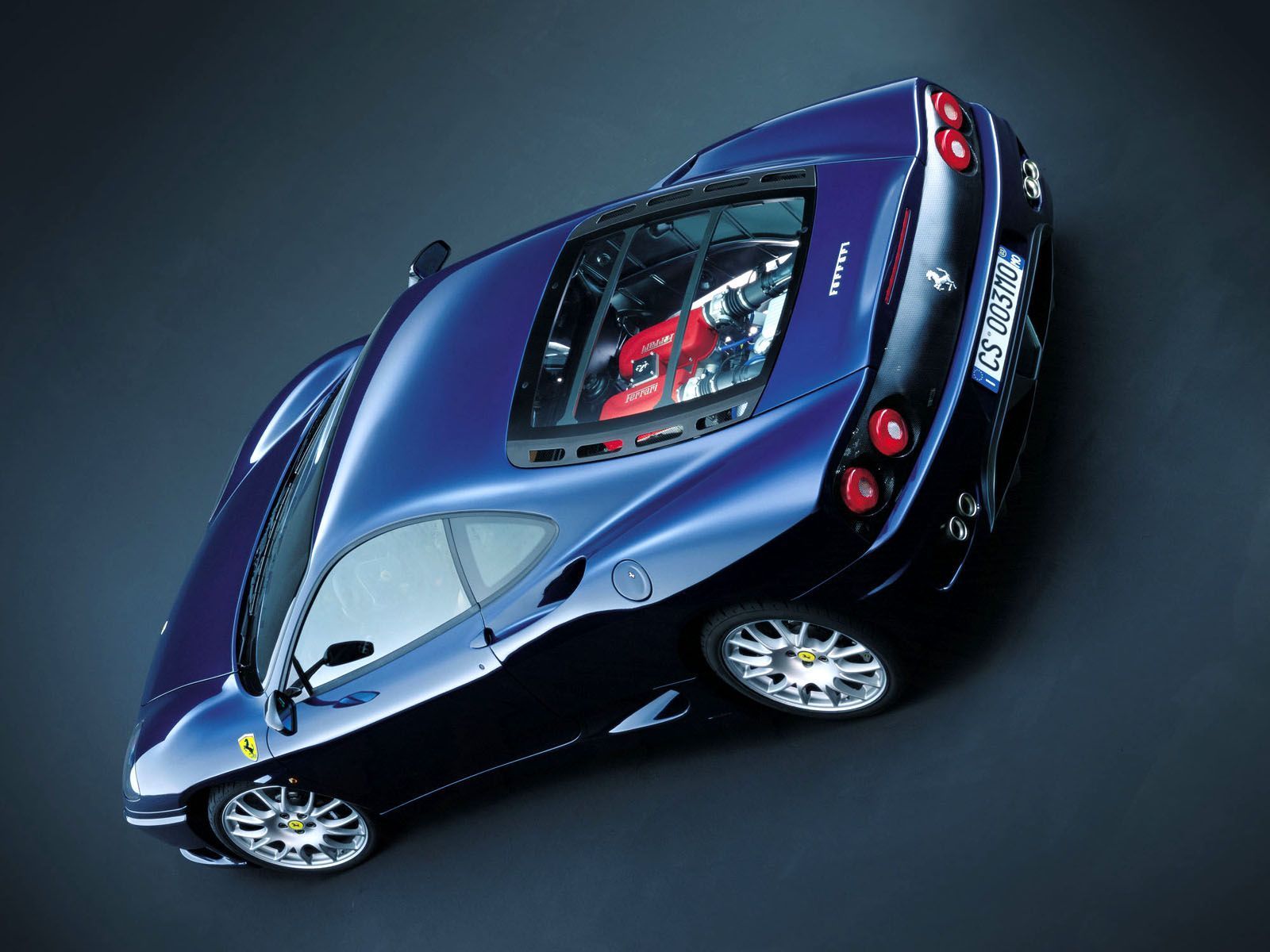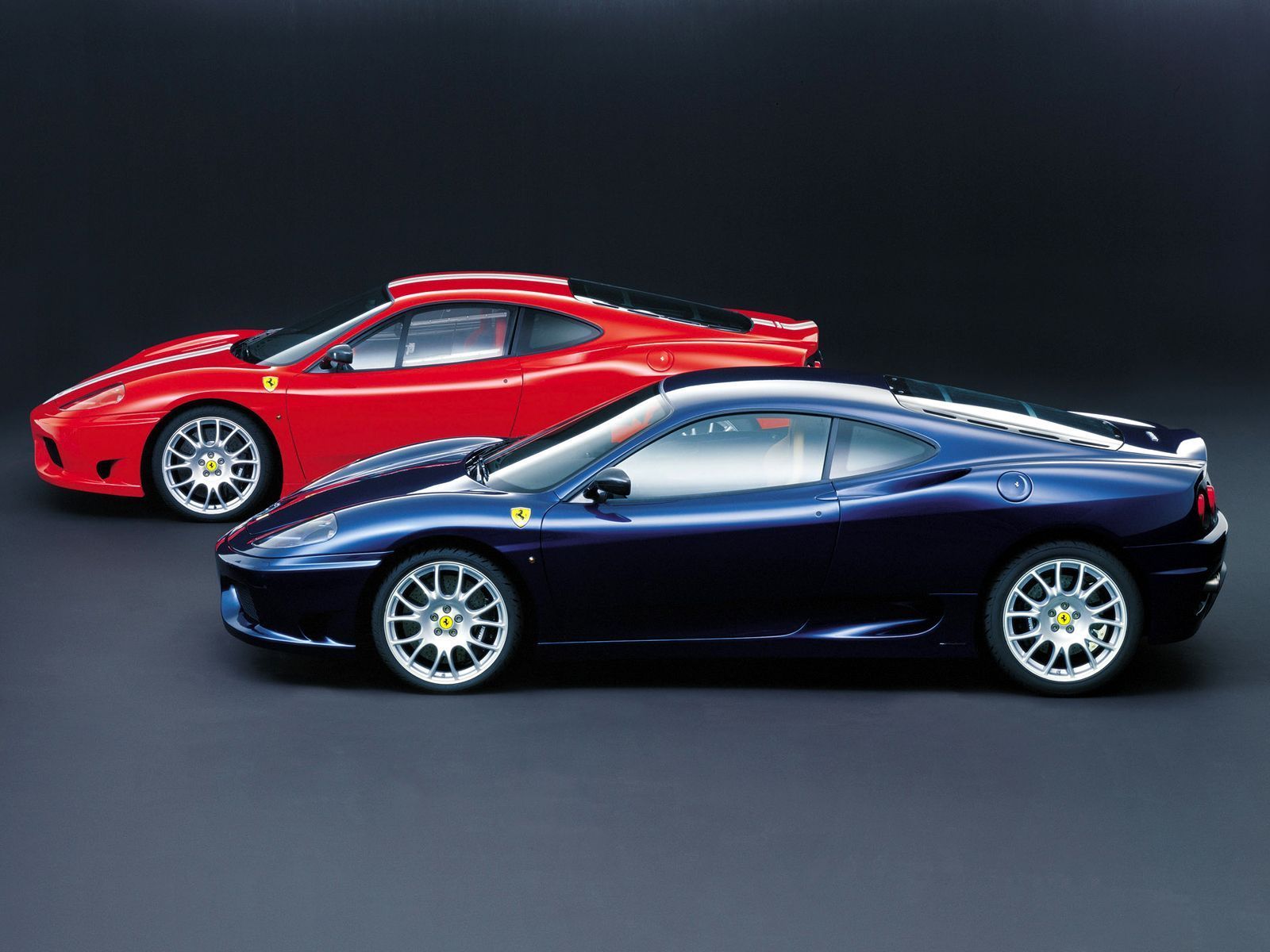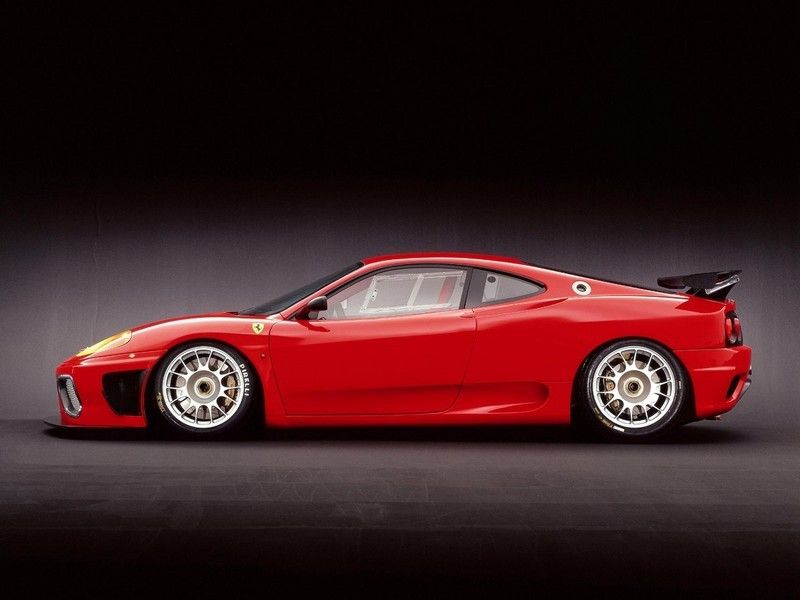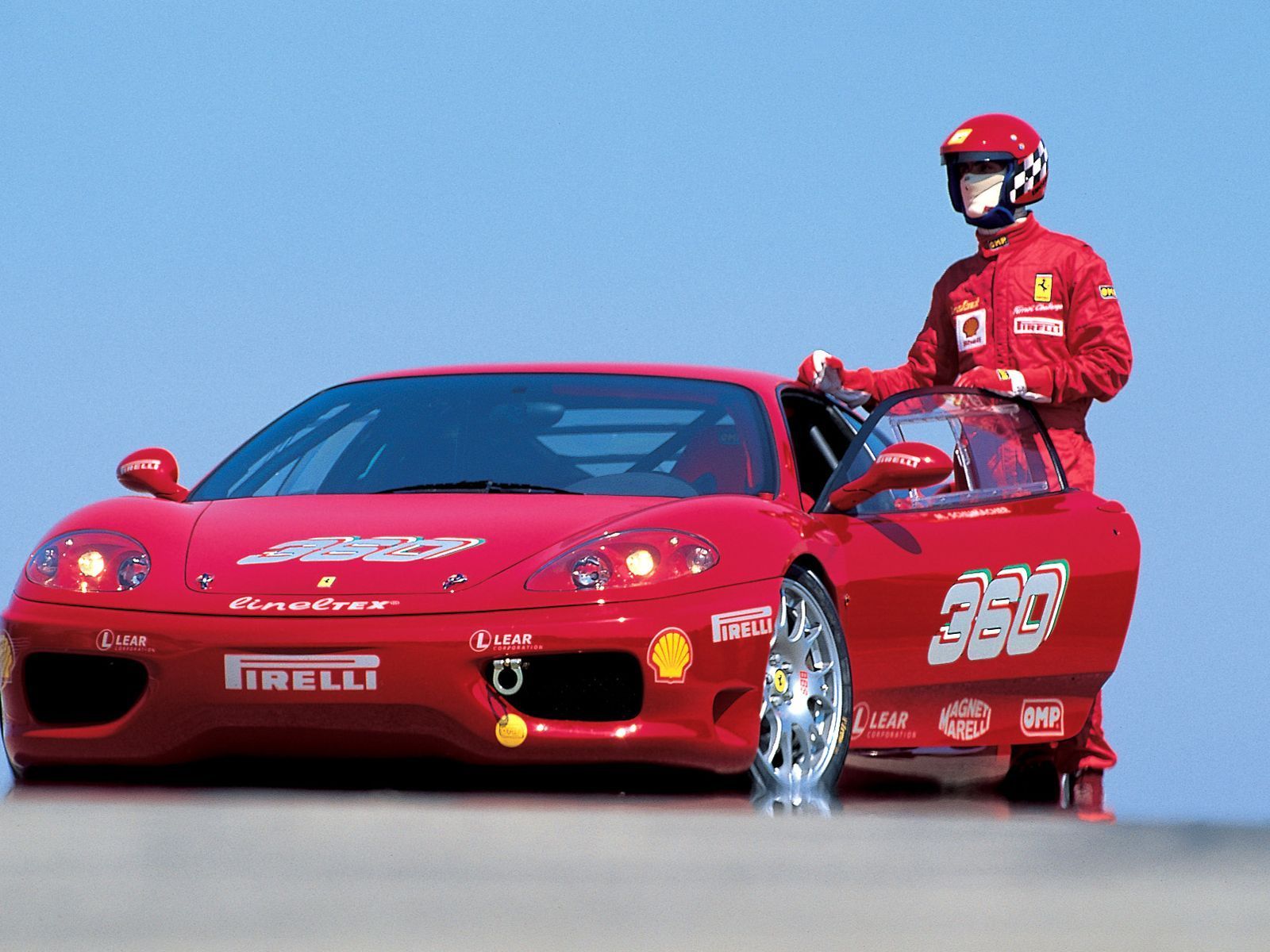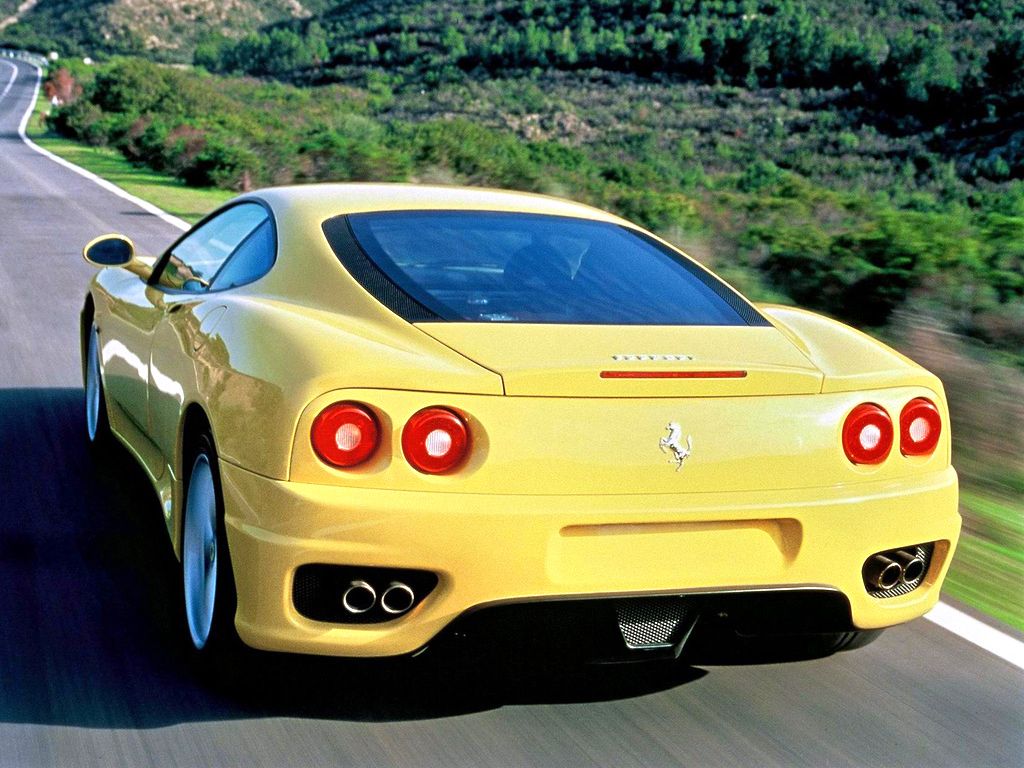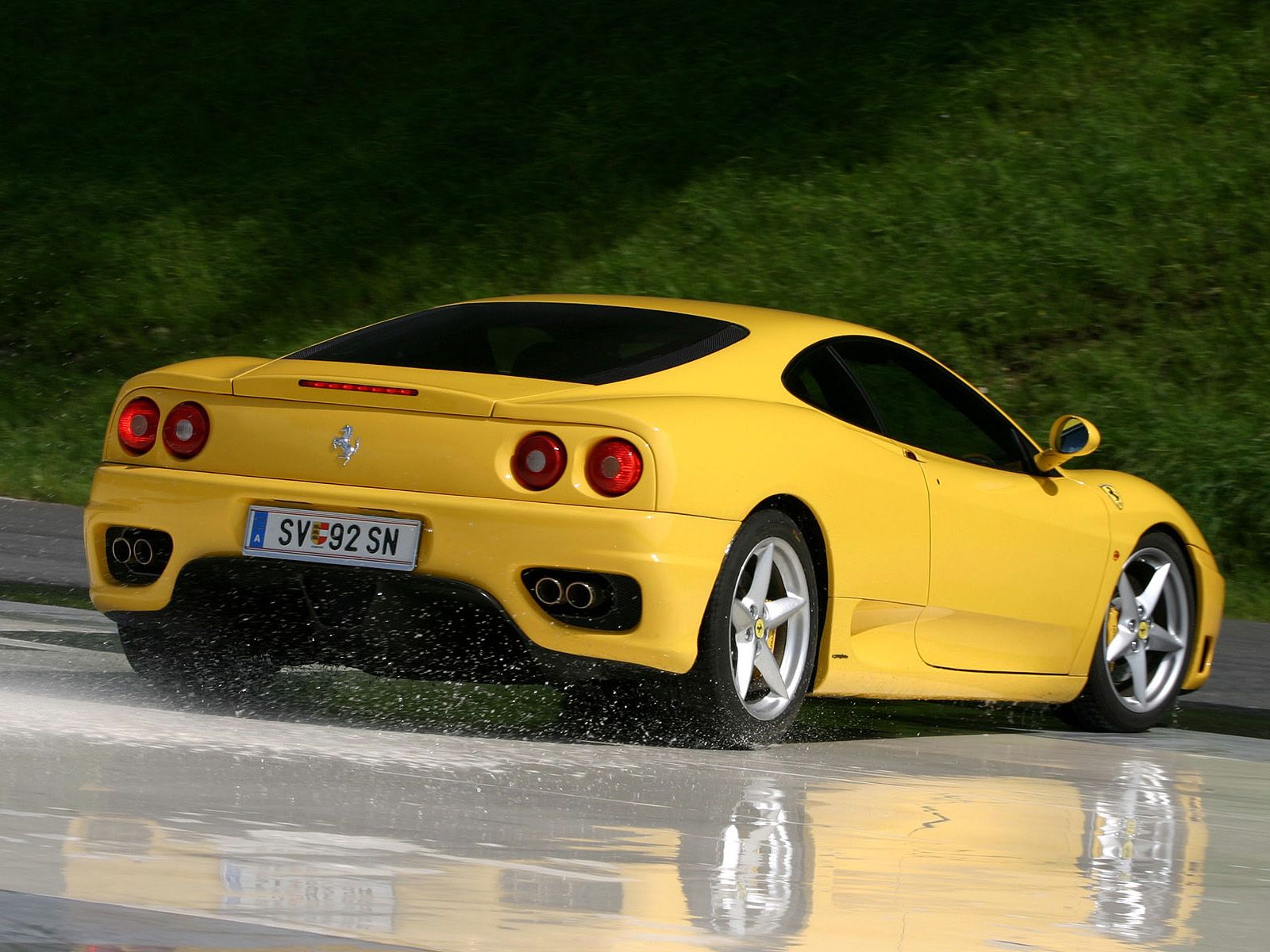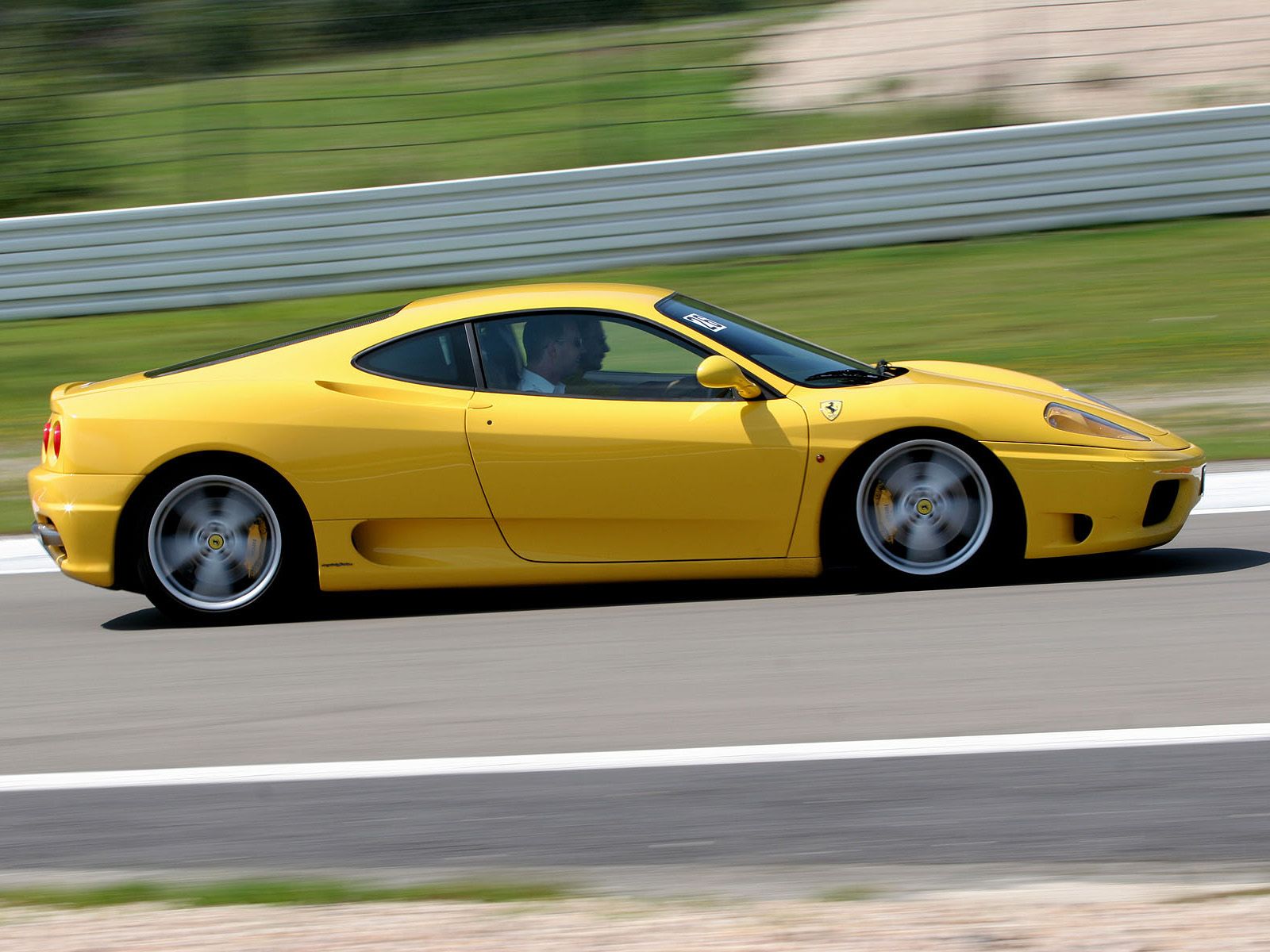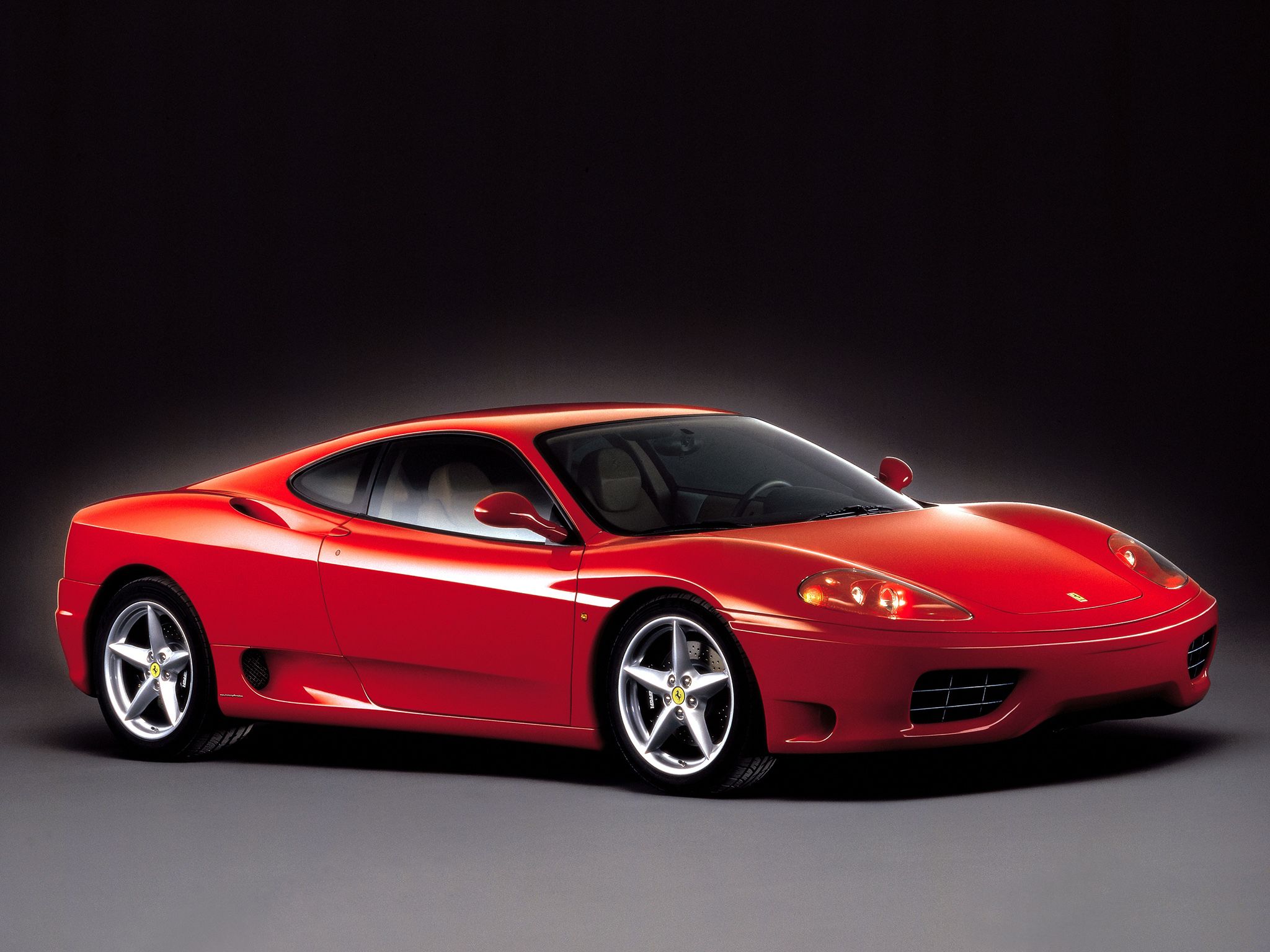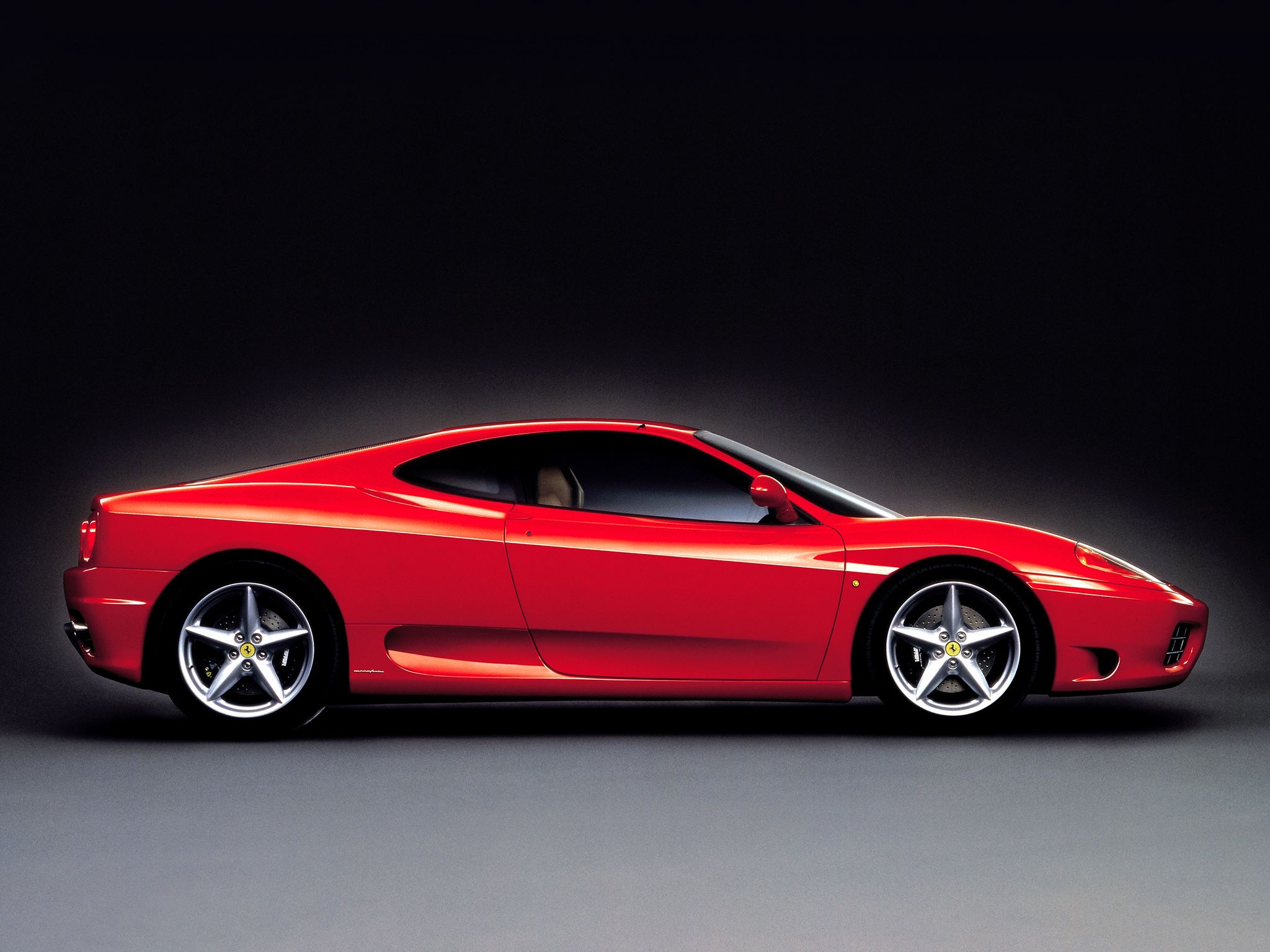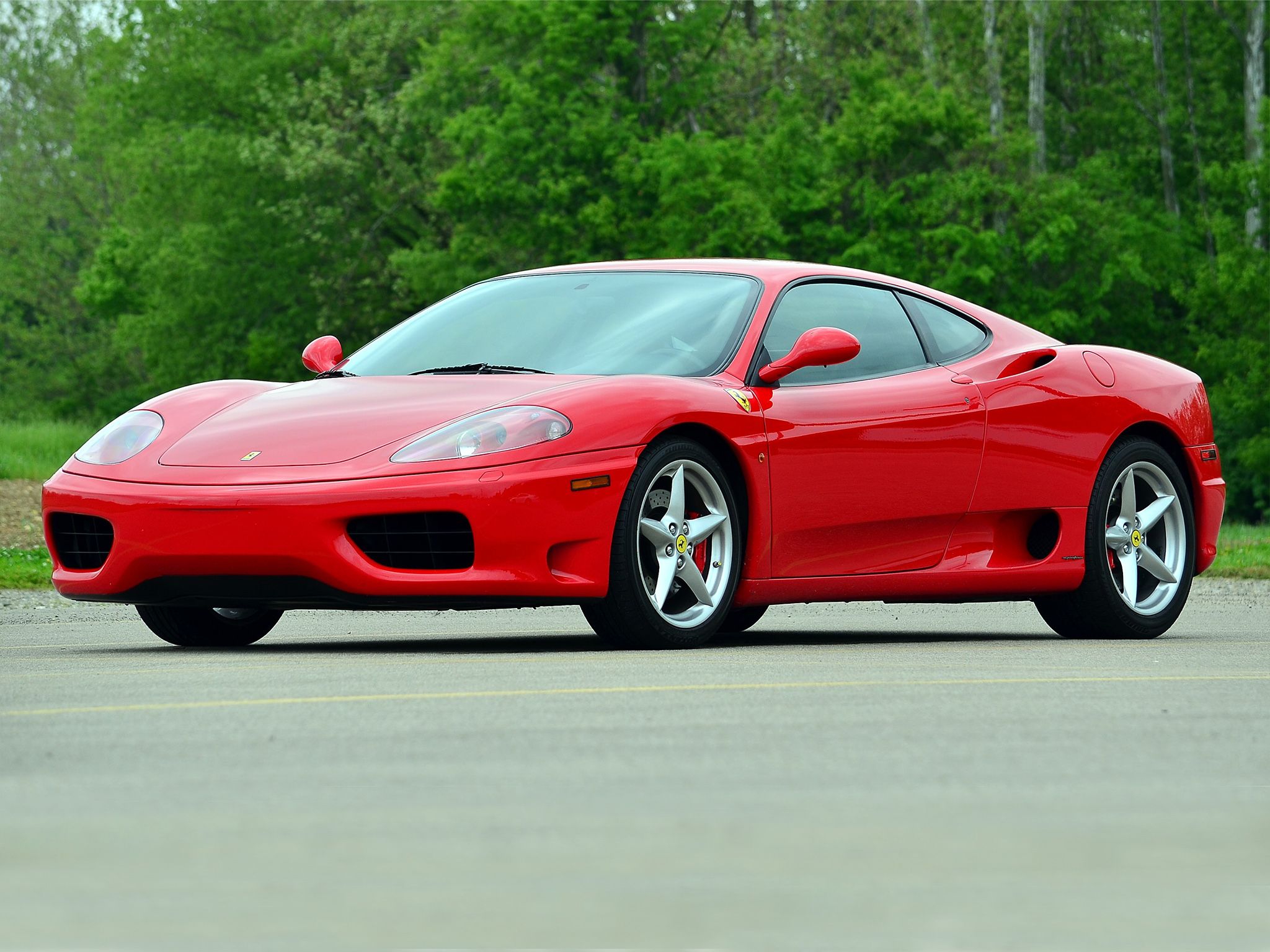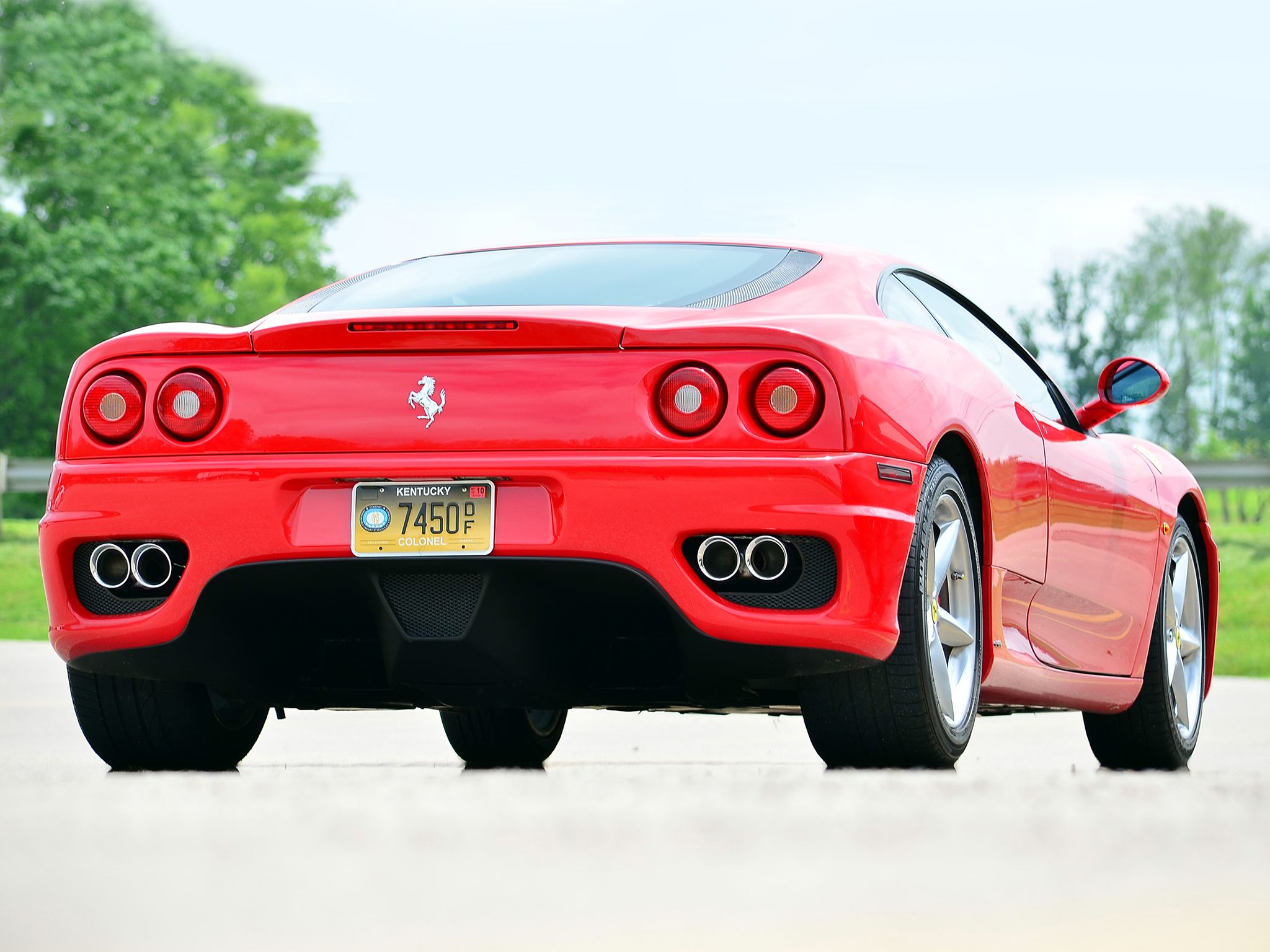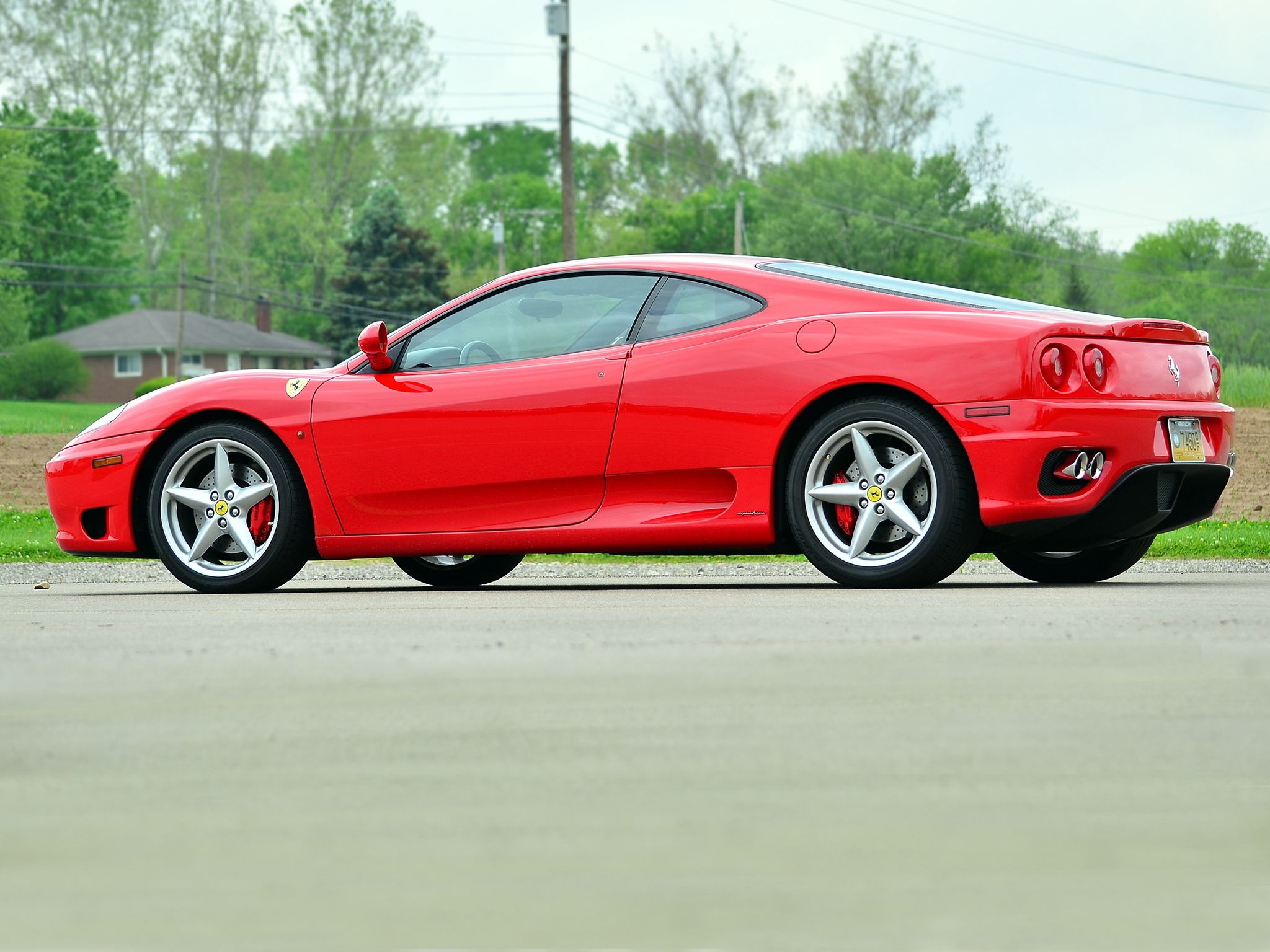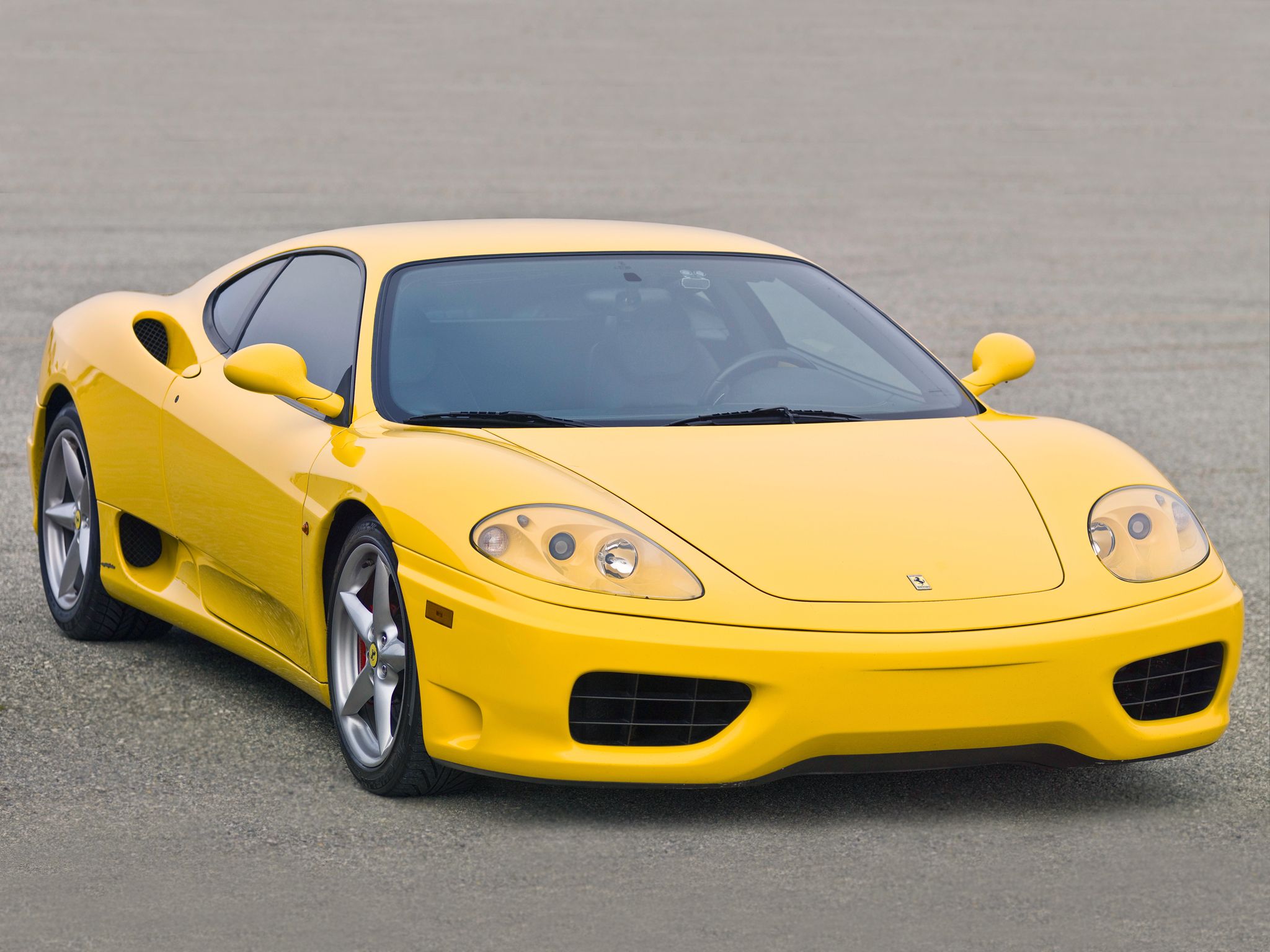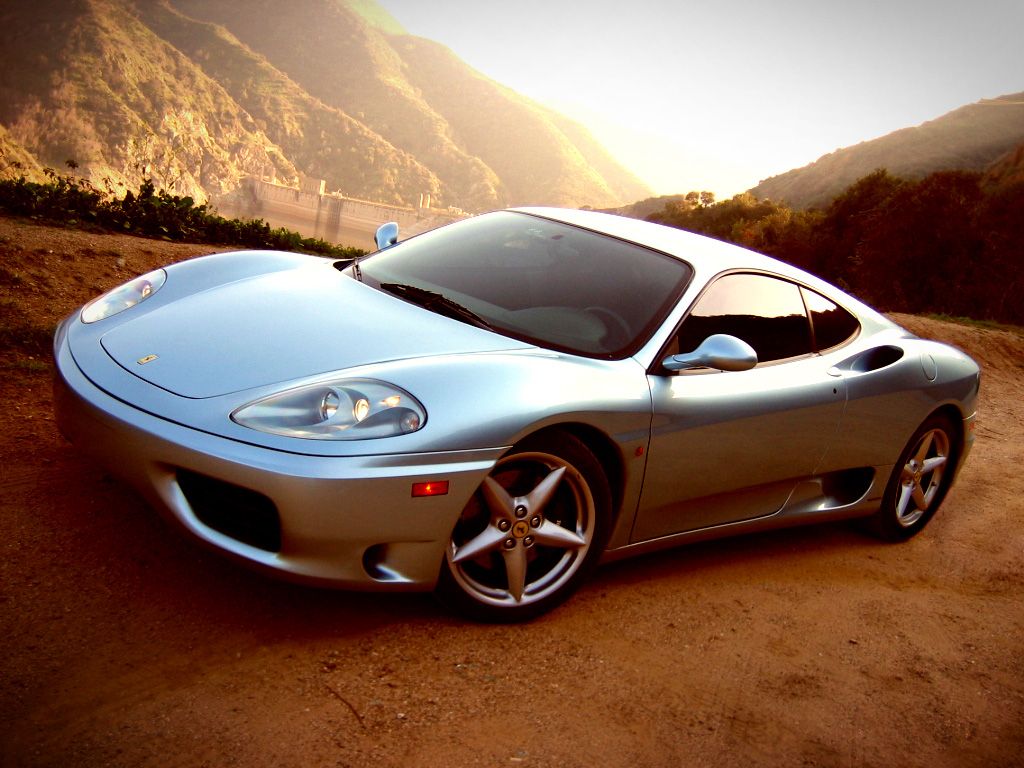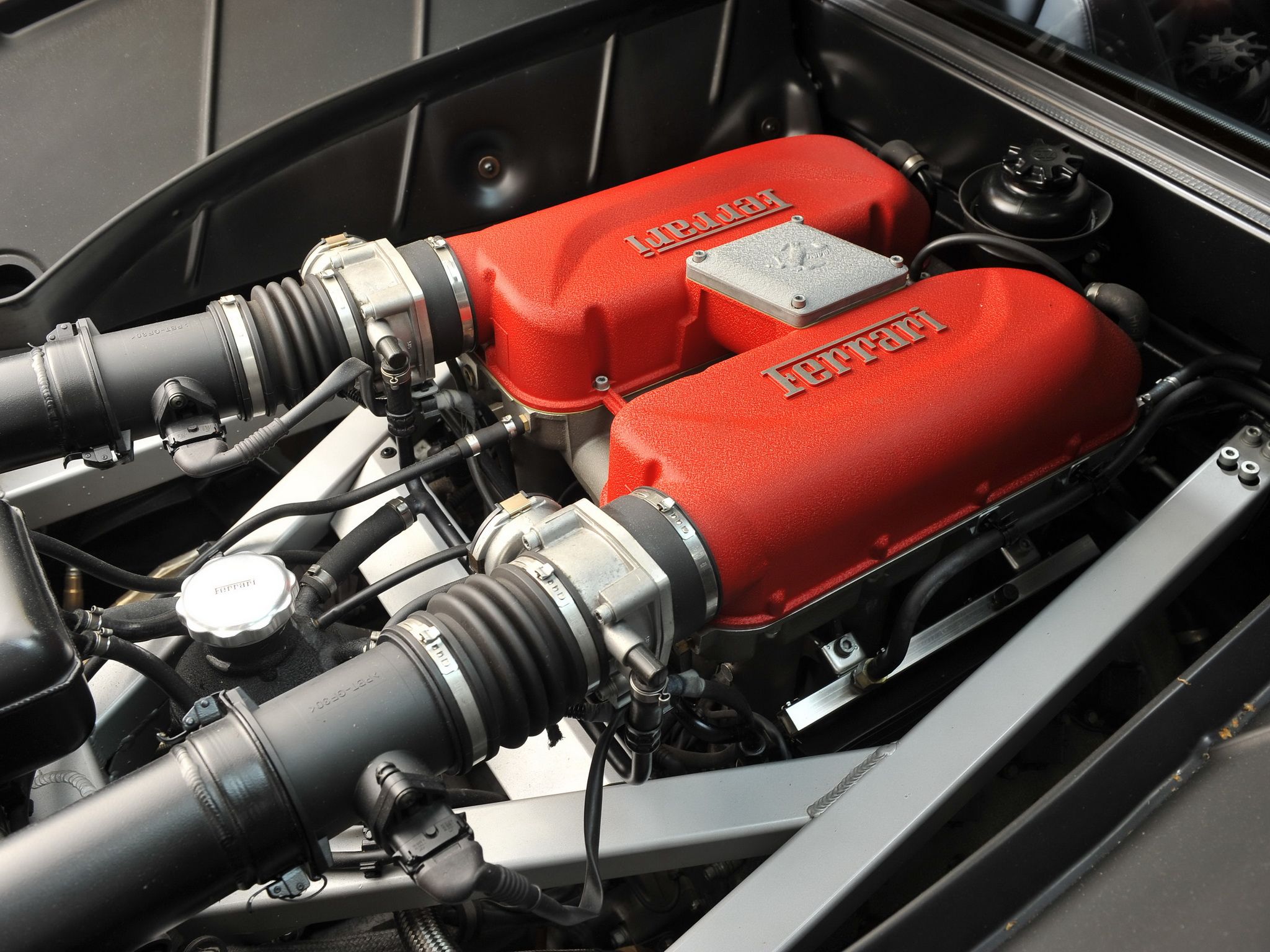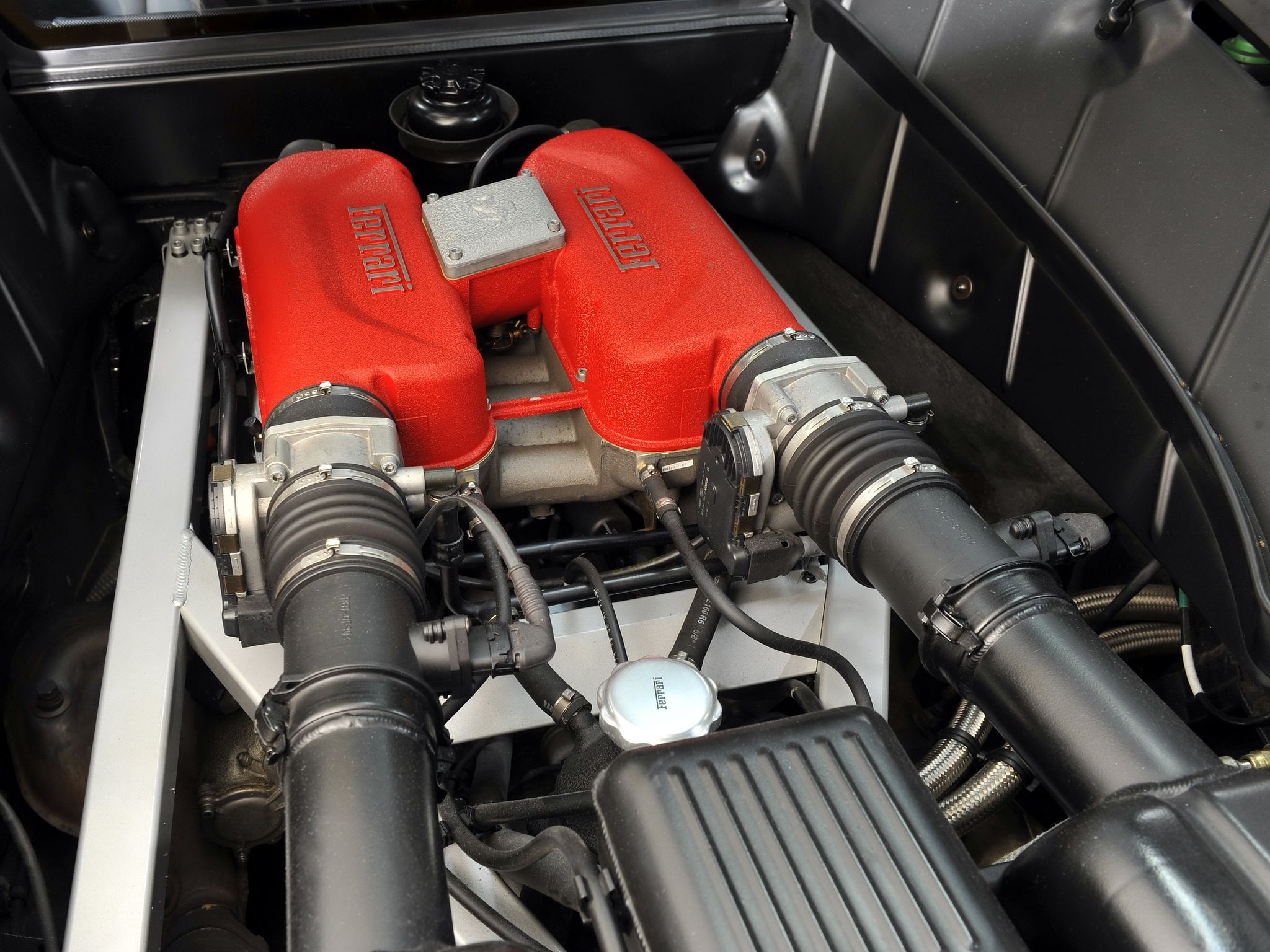Ferrari->ke252 is a brand built on front-engine V-12 touring cars. But a few decades ago, its mid-engine V-8 sports cars->ke506 became the Prancing Horse's real money makers, and now it's make-or-break every time a new one debuts. This was especially true in 1999, when it came time to replace the F355. The car had been well loved, the best-selling Ferrari of all time at that point, and a hit with the automotive press as well. But the F355->ke441 was based on the 348,->ke252 and a design dating back to 1989, and it was getting a little long in the tooth.
Ferrari's replacement for the F355 was the 360,->ke385 the first car the company made out of aluminum, and just from looking at it, it's obvious that the mid-engine V-8 berlinetta was completely rethought for this car. The naming scheme was changed for the 360 as well. The F355 got its name from having a 3.5-liter engine with 5 valves per cylinder. The new version of the engine was 3.6 liter and still had five valves per cylinder, but there already were quite a few Ferrari models called 365, so the whole of the name comes from the engine's total displacement, a first for a Ferrari V-8 model.
Continue reading to learn more about the Ferrari 360 Modena.
1999 - 2004 Ferrari 360 Modena
- Make: Array
- Model: 1999 - 2004 Ferrari 360 Modena
- Horsepower: 395@8500
- Torque: 4750
- Transmission: 6-Speed Manual / 6-Speed Tiptronic
Exterior
The styling evolution from 348 to F355 to 360 is an unusual one for a few reasons. The 348 was styled with some elements very obviously borrowed from the Ferrari's flagship car at the time, the Testarossa. Most notably those incredibly '80s side strakes. In 1994, when the F355 came to replace the 348, the side strakes obviously had to go, but the Testarossa (now officially called the F512 M) was still the company flagship, so there wasn't really anything to base the design off of. It was a unique look, but ultimately still a styling stopgap, because when the 360 debuted, it clearly took some inspiration from the big 550 flagship.
The design of the 360 is much more curvacious than the Ferrari designs of the preceding couple of decades, and it owes much to the old Dino designs. The 360 is slightly bigger than the F355, with a cabin that is located more towards the middle of the car. And unlike the flat deck and buttressed roof of the F355, the 360 has a fastback design. It makes the car less obviously mid-engine, no doubt to help in mimicking the look of the front-engine 550. But the most important difference was the all-aluminum space frame design that not only brought more advanced materials down to the entry-level V-8 models, but also made for a car that was at once both stiffer and considerably lighter than its predecessor.
Exterior Dimensions
|
Length |
4,477 MM (176.25 Inches) |
|
Width |
1,922 MM (75.66 Inches) |
|
Height |
1,214 MM (47.79 Inches) |
|
Wheelbase |
2,600 MM (102.36 Inches) |
|
Front track |
1,669 MM (65.70 Inches) |
|
Rear track |
1,617 MM (63.66 Inches) |
Interior
The 360 is a two-seat sports car. It is not a grand tourer, and this point is made very well by the interior space. It's not any more cramped that its competitors, but you'd better like the person you're riding in it with. But the 360 was about 10 percent bigger than the F355 and was therefore able to offer something you couldn't find in previous V-8 berlinettas, luggage space. This came in the form of a small shelf behind the seats. It wasn't huge, Ferrari publicity shots showed it with a bag of golf clubs on it and nothing else, but it was space enough for a couple of overnight bags for you and your passenger, and that's more than you had in the 360's predecessors. The seats were bigger and more comfortable as well, and the usual high quality materials were used throughout.
Drivetrain
The engine of the F355 was quite the technological marvel at the time, and as a result, it wasn't changed much for the 360. It kept the five valves per cylinder and titanium connecting rods and bumped displacement up from 3.5 liters to 3.6. Horsepower went from 375 to 400, which admittedly isn't very much of a gain. But the 360 was also 25 percent lighter than the F355, so the power went a lot further than before. Like the F355, the 360 was available with a 6-speed electrohydraulic manual transmission. There are a lot of different kinds of paddle-shifted transmission out there, and they definitely aren't all created equal. So here it should be pointed out that this is the sort that is found in F1 cars, and not the kind that takes several seconds to shift when called upon to do so. A lot of people still prefer three pedals to this, but paddle shifting does get a lot worse than this.
Drivetrain Specifications
|
Type |
rear, longitudinal 90° V8 |
|
Bore/stroke |
85 x 79 mm |
|
Unitary displacement |
448.29 cc |
|
Total displacement |
3586.20 cc |
|
Compression ratio |
11 : 1 |
|
Maximum power |
400 HP @ 8,500 RPM |
|
Power per liter |
112 hp/l |
|
Maximum torque |
275 LB-FT @ 4,750 RPM |
|
Top speed |
over 295 KM/H (183 MPH) |
|
Acceleration 0-100 km/h (62 mph) |
4.5 seconds |
Prices
There were several different forms that the 360 took, and while the track-focused version might be somewhat more rare, the standard road models definitely are not. The 360 broke the record set by the F355 of the most-produced Ferrari ever, although by this point in the company's history, every V-8 model was breaking the sales record set by the previous one. Total production for road models was in excess of 16,000 units, and the 360 is unusual in that the fixed-roof units outsold the Spider, although both were obviously very popular.
The 360 sold for $140,000 when new, but due to its being relatively common and far from old enough to be considered a classic, today they go for an average of about $60,000. Seriously concours-level examples can push prices up to about $77,000, and you can pick one up in fair condition for less than $50,000, although you should be careful of anything too far below that threshold.
Competition
Porsche 911 Turbo Type 996
The big headline of the 996 Turbo is that, when new, it gave you 15 more horsepower than the 360 for about $30,000 less. Of course, it could be argued that the Ferrari was worth the extra money for the styling alone, as the 996 is probably the least loved look for the 911 by the brand faithful. But if you can get past the “fried egg” headlights and the fact that it's water-cooled, you can get one today for possibly as low as half the price of a 360. It's also phenomenally fun to drive, always the best argument in favor of buying a 15-year-old sports car.
Read our full review on the Porsche 911 Turbo 996 here.
Lamborghini Gallardo
It didn't debut until near the end of the 360's production cycle, but the Gallardo was to Lamborghini what the 360 was to Ferrari, a lower-priced, higher-volume sports car that would bring in the cash to allow the continued building of supercars. It is only marginally more expensive than the 360, but it comes with more cylinders, more power and more eye-catching styling. It is not a subtle car, but it is a fun car.
Read our full review on the Lamborghini Gallardo here.
Conclusion
The 360 was not a car that was immune to criticism. Jeremy Clarkson described it as “too twitchy,” an opinion shared by quite a few others. But driven with an appropriate level of reverence, the 360 was supremely good. Road & Track once even named it the best-handling car money could buy. It represented a big shift for Ferrari, not only in terms of styling, but also a bigger push into making even the entry-level cars as technologically advanced as possible. It's not difficult to see how it came to sell in record numbers.

